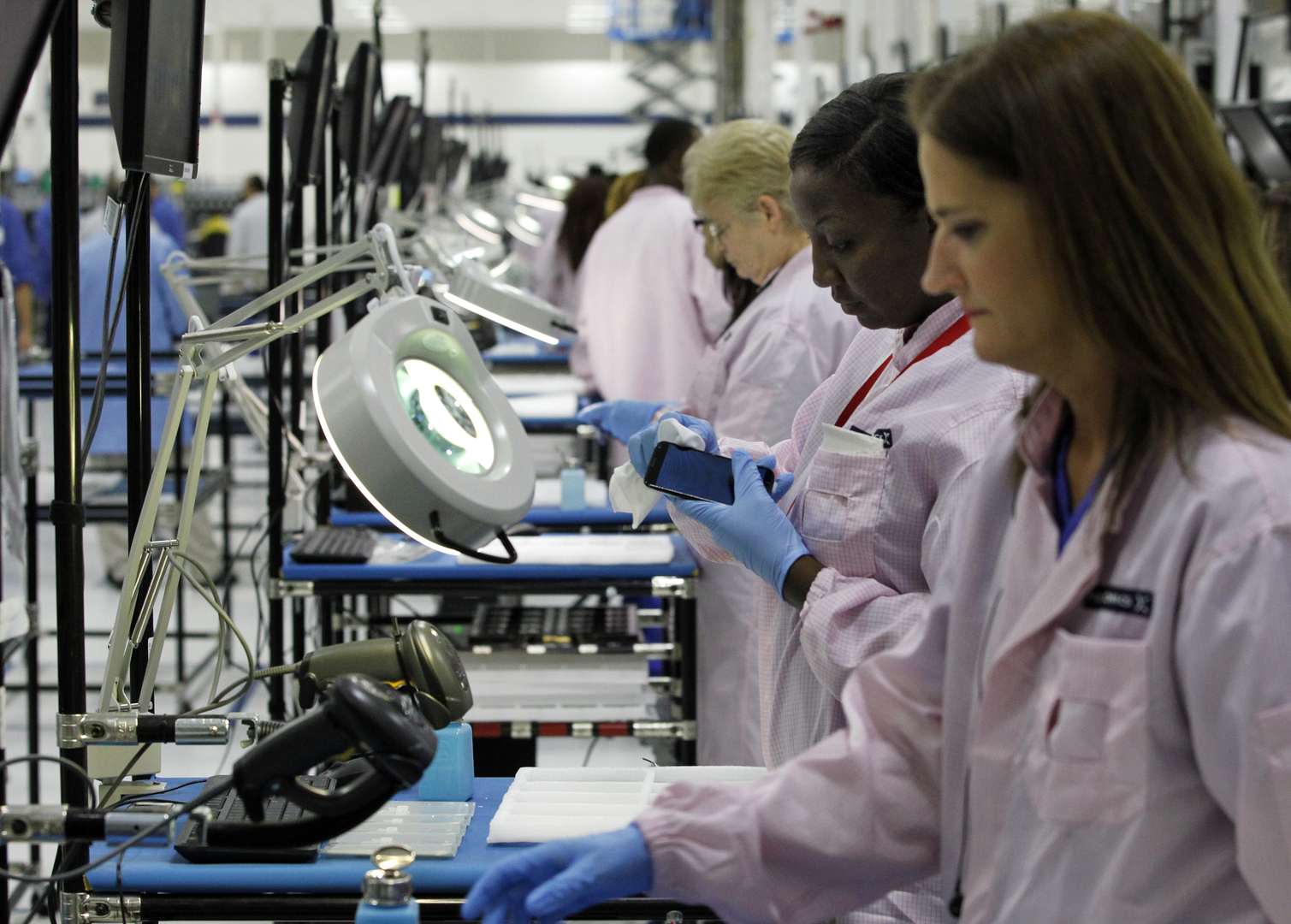The production field in general has extended to reduce equally in work as well as in its factor (today around one fifth) towards the GDP. The decrease in production mostly accounted within the 1980s for that quick increase in joblessness. Nevertheless, there clearly was excellent enhancement in efficiency and earnings in English production once financial development delivered.
When it comes to their comparable significance towards the GDP, the most crucial production sectors are executive; meals, beverages (including alcohol based drinks), and cigarette; substances; document, printing, and posting; alloys and nutrients; and fabrics, apparel, footwear, and leather. The quickest- industries that are developing have now been electric design and substances. Inside the chemical business, niche items and drugs show the biggest increases. Inside the executive business, electric and device executive and transportation engineering—including cars grown quicker than steel products and physical design, and digital items show the quickest development. Among international-possessed, particularly Western, businesses purchasing the UK, the development in automobile manufacturing has transpired about the other-hand. Car producers that were English will be because the 1970s in decrease. The English metal business considerably elevated result its efficiency, and exports. Nevertheless, food tobacco and executive in general have experienced below- development that was average. Apparel fabrics and footwear will be in complete decrease since English businesses have confronted growing trouble contending with imports from Japan.

Imports of constructed items increased and, the excess within the stability of industry vanished and was changed right into a big debt, though exports of completed manufactured items elevated in worth. Nonetheless, over time of restructuring within the 1980s, competition and its efficiency elevated, and also the 1990s was enhanced and stabilized throughout by the industry stability.
Building in England stagnated throughout the 1990s due to a decrease in costs as well as in demand because and for fresh property of reduced government expense in structure throughout the first-half of the decade. About 50% the labour-force in building is self employed. Over fifty percent of building function is the remaining on upkeep and fix, on fresh tasks. There’s been a designated change possessed and from property financed by public regulators toward personal improvement. Substantial attempts are also designed to motivate renters of publicly-owned homes that were leased to become owner-occupiers, using the outcome that owner occupied homes’ percentage is continuing to grow significantly because the 1970s. Secretly leased accommodations’ supply became scarcer due to lease handles that were legal that frustrated building that was new, but modifications within established plan as well as in the economic system equally throughout the 1980s started initially to promote the offer. The typical cost of the fresh home, especially in the South-East and also Birmingham, has usually extended to improve faster compared to existing price of inflation, though costs have changed significantly. Consequently, substantial strain has been generated by the increasing cost of new houses on the property readily available for property, that has been fairly closely managed. Below, also, public-policy has been altering towards permissiveness that is higher.
Personal industrial and commercial construction account fully for construction’s remaining. Throughout the 1980s the UK started on the number of main structure tasks, such as extensions to train and Subterranean methods and the Route Canal between England and Portugal.
